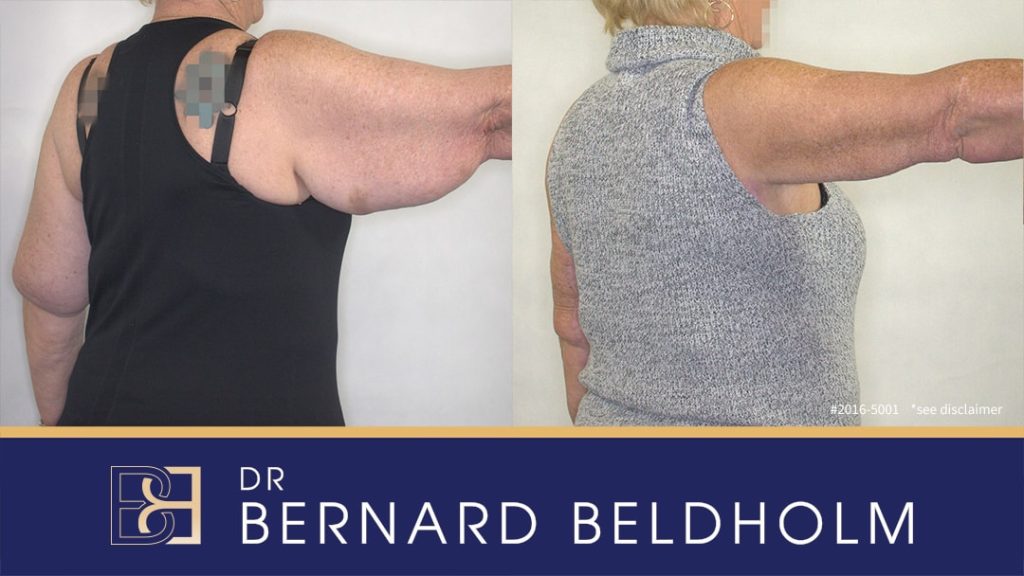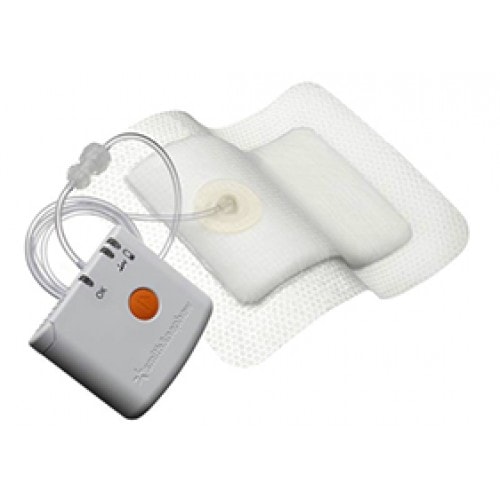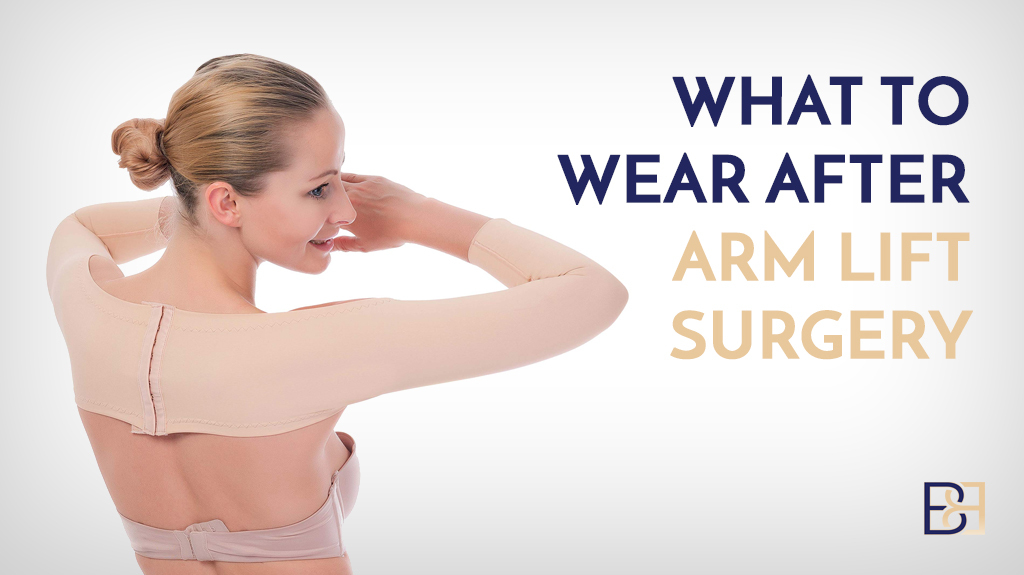Brachioplasty (Arm Lift) recovery can be challenging, but knowing what to expect can make it easier. This article covers the phases of recovery, from immediate post-op care to long-term healing, and provides tips to manage pain, swelling, and scarring effectively.
Key Takeaways
- Recovery from brachioplasty involves multiple phases, with the first few weeks being key for managing pain, swelling, and transitioning back to light activities.
- Effective post-operative care includes using ice packs, wearing compression garments, and strict adherence to your surgeon’s instructions to minimize complications.
- Long-term recovery emphasizes a balanced diet, staying hydrated, and managing weight to maintain the surgery’s results, with patience needed to see final outcomes.
Understanding Brachioplasty (Arm Lift) Recovery

Disclaimer: Operation performed by Dr Bernard Beldholm. Adult content, surgery has risks; individual results vary, seek 2nd opinion. Please see the full disclaimer.
Book your appointment online now
Recovering from an arm lift surgery involves several distinct phases, each with its own set of challenges and milestones. Typically, the initial recovery period spans the first two to four weeks, during which patients experience symptoms such as pain, bruising, swelling, and tightness. Discomfort usually peaks on the first day post-surgery, but ** start to become noticeable within a couple of weeks. Recovery after arm lift is an important aspect to consider during this arm lift recovery timeline and arm lift recovery period.
The mid-recovery phase, spanning from two to six weeks post-operation, is when patients can begin to slowly return to their regular activities. While your arms might still feel swollen and firm, you can gradually resume light exercises and driving. Following your surgeon’s instructions during this time helps prevent overexertion.
Full recovery from brachioplasty can take up to 12 months, depending on individual health conditions and the extent of the surgery. During this extended period, continuing to maintain a ** and balanced diet, getting adequate rest, and following all post-operative care recommendations are vital for achieving the best possible results.
Immediate Post-Operative Care

You have the option to undergo brachioplasty surgery as either an overnight or day procedure. If you choose the day procedure, you will need a responsible person to pick you up afterwards. However, Dr. Beldholm recommends having someone pick you up and take care of you even if you stay overnight.
The first few days after your arm lift surgery are critical for setting the stage for a smooth recovery. You will be prescribed post-operative pain medications to help manage discomfort, which can range from mild to severe depending on individual factors. Using ice packs in conjunction with your prescribed pain medications can be particularly effective in managing pain and reducing swelling after your arm lift procedure.
It’s essential to rest and relax during the immediate post-operative period. Having someone assist you with daily activities, especially in the first week, is highly recommended. Your surgeon may recommend keeping your arms elevated while sleeping and wearing a compression garment to manage swelling and support fluid drainage.
It is important to carefully follow your surgeon’s instructions, including the management of any surgical drains to prevent fluid collection after a surgical procedure. Dr. Beldholm typically does not use drains for the standard arm lift (where the incision is from elbow to axilla). However, if you are having an extended arm lift with an incision from the elbow through the axilla down onto the lateral chest, then Dr. Beldholm will use a drain.
Managing Swelling and Bruising
Swelling and bruising are common after upper arm lift surgery, but there are effective ways to manage these symptoms and ensure your upper arms heal properly. Wearing compression garments for up to six weeks is highly recommended, as they help reduce swelling and support the healing process. Keeping your arms elevated above heart level can also aid in draining excess fluids and reducing swelling.
Our article: “What to wear after arm lift surgery” provides more detail on this.

Applying cold packs within the first 48 hours post-surgery is another effective strategy to minimize swelling and bruising. Combining these methods creates a comprehensive approach to managing symptoms and speeding up recovery.
Incision Care and Scar Management

Dr. Beldholm uses PICO dressings after brachioplasty (arm lift) surgery to help patients recover better and reduce complications. PICO dressings are an advanced type of negative pressure wound therapy (NPWT) that can lower the risk of infection, ** healing, and reduce swelling by managing fluid buildup. These dressings are light, portable, and designed to help scars heal better by keeping the surgical area clean and dry. Dr. Beldholm’s choice to use PICO dressings shows his dedication to ensuring the best results and a smoother recovery for his patients. The PICO dressings are worn for 7 days and then replaced with tape dressings that can get wet.
Dr. Beldholm recommends using medical-grade silicone strips starting four weeks after surgery. You can obtain these strips from our office. Dr. Beldholm suggests using them for a total of 3 months. Typically, you would apply the strips for 8-12 hours per day, then remove and reapply them the next day.
Applying sunscreen daily to the incision sites prevents UV exposure from affecting scar appearance.
For those seeking advanced scar therapy options, treatments like LED light therapy and laser genesis can be explored. If abnormal scarring occurs, don’t hesitate to consult your surgeon about potential treatments such as corticosteroid injections. Diligently following these steps helps ensure that your arm lift scars fade smoothly and **.
Physical Activity During Recovery
Reintroducing physical activity after an arm lift surgery needs to be done cautiously. During the initial recovery phase, avoid strenuous activities and heavy lifting to prevent placing undue tension on the sutures. Light walking is encouraged shortly after surgery to promote blood circulation, which is crucial for healing.
As you progress into the mid-recovery phase, generally around three to six weeks post-op, you can start incorporating low-impact cardio exercises like stationary cycling and light jogging. Listening to your body and avoiding activities that cause discomfort or strain is crucial.
By six weeks, many patients find they can gradually return to their regular exercise routines, ensuring they prioritize comfort and avoid overexertion. Every patient heals differently, so following Dr Beldholm’s personalized advice and taking things at your own pace is important.
Monitoring for Complications
Monitoring potential complications is an integral part of your recovery journey. Keep an eye on your incision sites for any signs of infection, such as increased redness or unusual discharge. Severe or persistent pain that isn’t alleviated by prescribed pain medication should also be reported to your surgeon immediately.
Sudden swelling in the arms post-operative swelling is another red flag that requires prompt communication with your medical team. Open communication with your surgeon through follow-up appointments is crucial for managing potential complications effectively.
Although complications are rare, being vigilant and proactive in monitoring your recovery can significantly impact achieving a smooth healing process.
Long-Term Recovery Tips
Maintaining a stable weight during the long-term recovery phase is crucial for preserving your arm lift results. Regular follow-up appointments with your surgeon help monitor scar healing and overall recovery.
Nutrition continues to play a vital role in your recovery. Consuming essential vitamins and minerals like Vitamins A, C, E, and zinc supports ** skin recovery and scar healing. Additionally, staying hydrated and maintaining a balanced diet will aid in the gradual reduction of residual swelling, which can persist for several months.
Adhering to these long-term recovery tips ensures you achieve and maintain optimal plastic surgery procedure results.
Final Results and Expectations

Disclaimer: Operation performed by Dr Bernard Beldholm. Adult content, surgery has risks; individual results vary, seek 2nd opinion. Please see the full disclaimer.
Patience is key when it comes to seeing the final results of your arm lift surgery. While significant ** are noticeable within the first few weeks, it can take anywhere from three to six months to see the complete results as swelling fully subsides. Factors like future weight changes, aging, and lifestyle choices can impact the longevity of your results.
Scars from the surgery will continue to fade over the course of a year, becoming less noticeable as they blend with the surrounding tissue. However, it’s important to avoid exposing your incisions to the sun or other elements that could hinder the healing process.
Setting realistic expectations and diligently following your post-operative care plan allows you to enjoy the full benefits of your arm lift surgery in the coming months.
Final conclusions by Dr Beldholm
Recovering from an arm lift surgery is a journey that requires patience, diligence, and a proactive approach. By understanding the phases of recovery, managing symptoms effectively, and following your surgeon’s advice, you can achieve the best possible outcomes. Remember, the effort you put into your recovery will pay off in the end.
Frequently Asked Questions
What is the general recovery time after brachioplasty surgery?
You will be able to resume most activities within 2 weeks. At 6-8 weeks, you can go back to full exercise. The final result will be visible 12-18 months after brachioplasty. Just remember to give yourself some time to heal properly!
How long will a patient typically stay in the hospital after arm lift surgery?
The operation can be performed as a day procedure or with an overnight stay. The choice is yours and will depend on several factors, including the support you have at home, other health conditions, and the size of the surgery (full vs extended).
What should patients do to minimize swelling after arm lift surgery?
To minimize swelling after arm lift surgery, wearing compression garments is key. They help support your healing and keep that swelling in check!
How long does it typically take for arm lift scars to fade?
Typically, arm lift scars take about a year to fade, but it can sometimes take longer. Patience is key during the healing process!
What should patients do if their pain worsens after arm lift surgery?
If your pain is getting worse after arm lift surgery, definitely reach out to your surgeon for guidance. It’s better to be ** and get the help you need!




